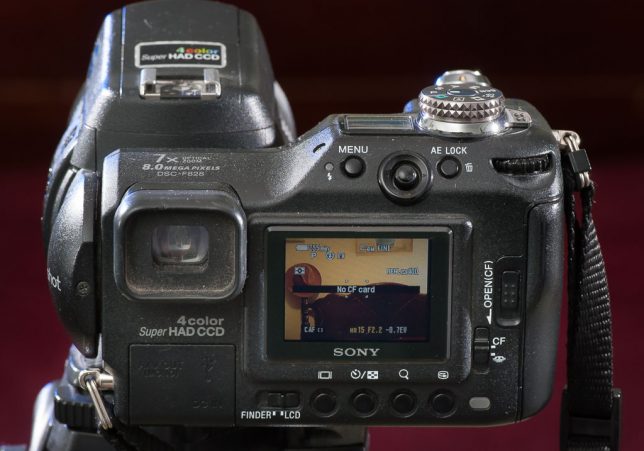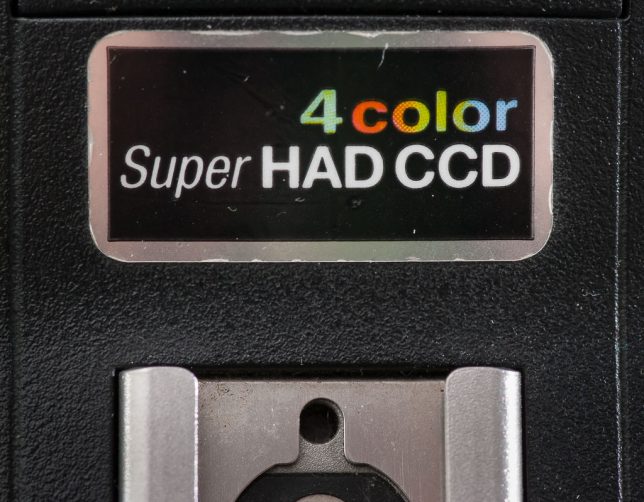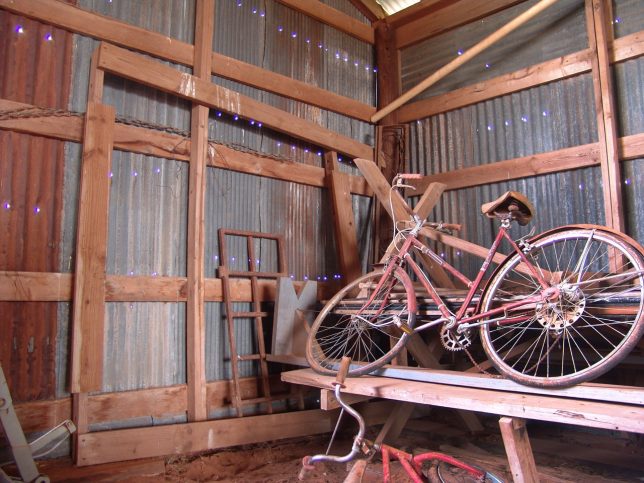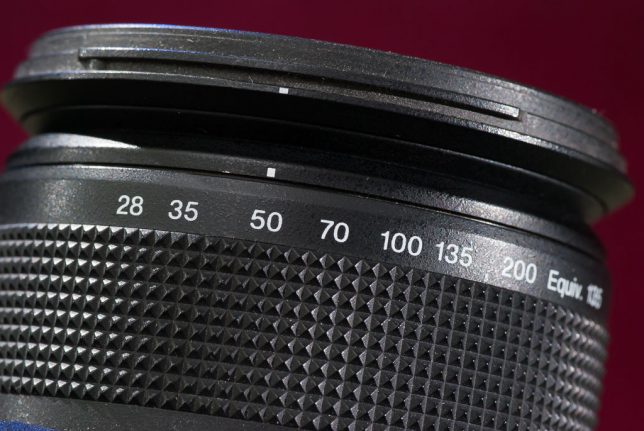Welcome to another in my series of older cameras that were once great but have been relegated to the dustbin of photographic history. Here is the Sony Cybershot DCS-F828.

Introduced in 2003 and shipped in early 2004, this replacement for Sony’s DCS F717 all-in-one fixed-lens digital camera was very expensive when it was introduced, and plagued with problems. At the time, my bridge/travel/all-in-one camera was the excellent Minolta DiMage 7i, which was still going strong, so I passed on the Sony.

This class of cameras is known as bridge cameras, crossover cameras, or even walk-around cameras, and feature a permanently-attached, very-long-zoom-range lens. They are a favorite of mine and of my wife Abby because they are so easy to integrate into activities like travel, hiking, and family reunions.

I got my hands on the Sony F828 years after its heyday, for about a tenth of its original retail price.
Positives for this camera:
- Mechanical zoom lens that allows tactile access focal length.
- Distinct 7-bladed aperture that creates 14-point sunstars.
- Well-balanced with a good in-hand feel.
- Many of the important controls use buttons or switches on the camera/lens body rather than hidden in a menu.
- It’s a great-looking, sexy camera that never looks like a toy.

Negatives about the F-828…

- The zoom lens’s images are very prone to purple fringing. Apologists for this camera had to whitewash this flaw with phrases like “under certain circumstances” but the truth is that my Minolta DiMage 7i never once did this.
- Shooting RAW files locks the camera for ten seconds, ensuring a missed follow-up frame, even in continuous shooting mode.
- The JPEGs out of this camera have an odd purple undertone even with white balance set correctly. I expect this is a combination of purple fringing from the lens and Sony’s weird four-color “HAD CCD” with its RGBE layout, the E being “emerald,” but really meaning something akin to cyan.
- The hinge between the camera part of the body and the heavier lens part of the body gets loose, and soon either requires partial disassembly to repair, or putting up with the lens flopping into a straight-down position when holding the camera by the grip.
- There is a tiny switch to change between the electronic viewfinder and the LCD on the back of the camera. Every other bridge camera I’ve owned has an eye detector and switches this automatically, including the Minolta DiMage 7i that came out two years before the Sony.

The 4color Super HAD CCD might be at the heart of the F828’s problems. - The Auto/Manual Focus switch moves too easily, sometimes resulting in the lens not autofocusing, with little indication in the viewfinder.
- Although it will take both a CF card and Sony’s proprietary memory stick, the video frame rate is cut in half when shooting to the CF card, which I assume is to bully the buyer into purchasing the always-overpriced memory stick.
- The menu system is a mess; some critical functions are accessed by pushing the “Menu” button, while others require setting the exposure mode dial to “Set Up.” Then within those dialogs are another mess. While this was common to cameras in the early transition from film to digital (and the migration of menus from film cameras to digital camera), I guess I expected more from a $1500 camera.


A couple of years ago I half-decided to dedicate this relic to infrared photography, but a couple of weeks ago it killed a CF card, so now I only trust it as a conversation piece. I also don’t care much for Sony as a corporate entity – almost every Sony electronic I ever owned, tape decks, DVD/Blu-Ray players, and amps all died untimely deaths.


I know, I know. Sony is at the head of the line in camera development at the moment, but I still don’t trust them. If they sent me a sample of their new mirrorless to shoot, I would, but it will take a lot of trust-rebuilding to ever make me a Sony customer again.
And the F-828? If you find one at a garage sale, offer $25 and have fun, but don’t count on this machine as an image maker.
